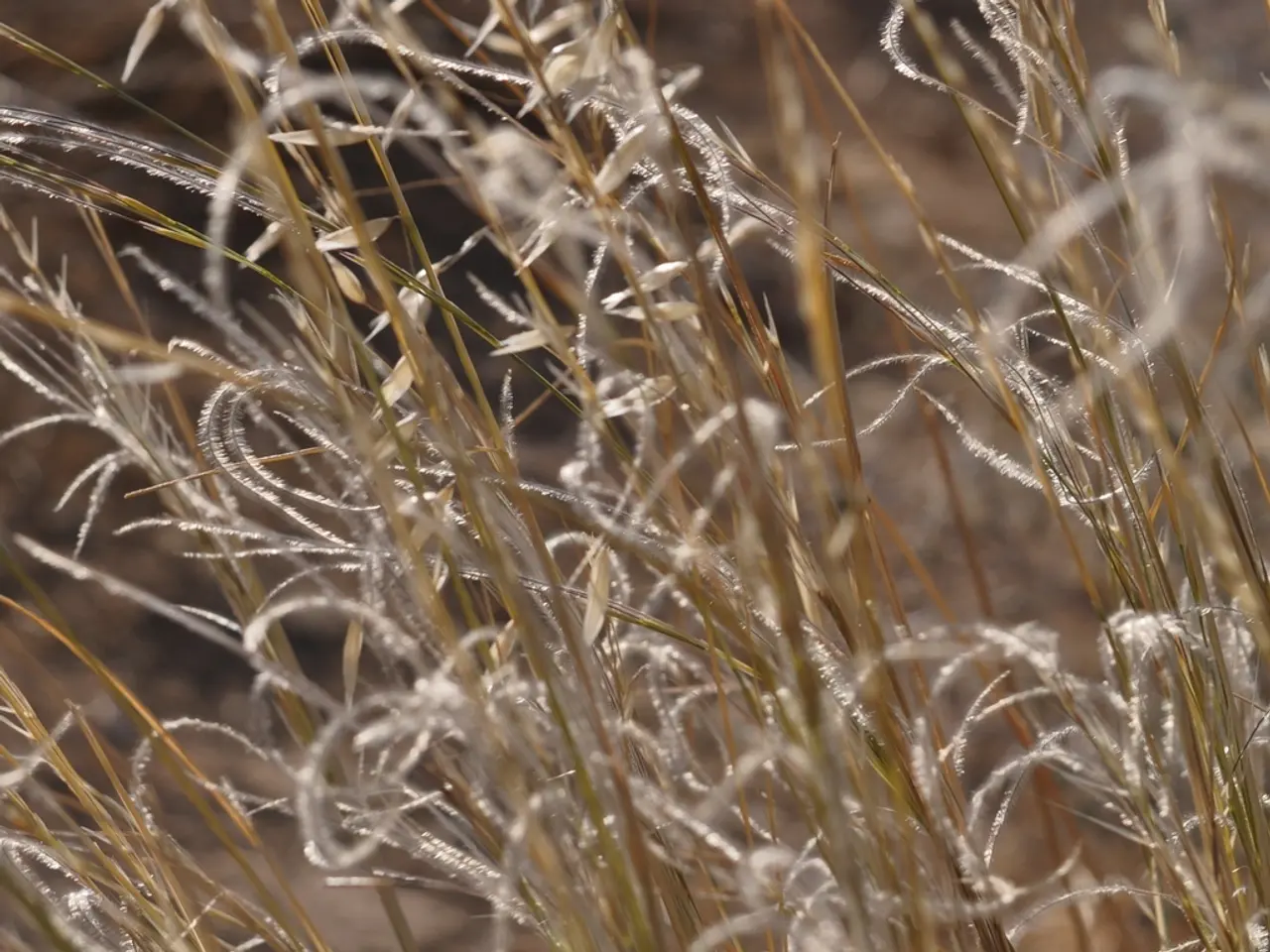Summer Lawn Maintenance Tips for a Green Yard
In the face of increasingly dry conditions, many homeowners in Australia are seeking alternatives to traditional lawns that require excessive water and maintenance. This article explores some of the best native and adapted grass alternatives for a drought-resistant summer lawn.
Topping the list is Lomandra 'Trojan', a hardy, evergreen native grass-like perennial known for its fine deep green foliage and compact clumping form. Adaptable to drought, frost, and poor soils, Lomandra 'Trojan' is an ideal choice for lawns, borders, and mass planting. Reaching about 50-60 cm in height and spreading 40-50 cm wide, it forms a dense mound perfect for ground cover. Furthermore, it attracts pollinators with its small creamy-yellow flowers in spring.
Pennisetum alopecuroides, or Fountain Grass, although not strictly native, is bred for Australian conditions and is very drought-tolerant once established. It forms neat clumps with fine arching leaves and soft, feathery flower spikes in late summer to autumn. This grass tolerates coastal conditions including wind and salt spray and adds attractive texture and movement to gardens.
Broomsedge (Andropogon virginicus) is native to some Australian regions and adaptable to sandy or clay soils. It tolerates fluctuating moisture and dry conditions, offering colorful foliage that changes from green to dark purple and red-gold in autumn, providing year-round interest.
These native or well-adapted grasses provide drought resilience by developing deep root systems, tolerating poor soils and high temperatures typical of Australian summers. They are also generally low-maintenance, retaining good appearance without excess watering or mowing.
Other native grass alternatives include Wallaby grass (Rytidosperma spp.), which has fluffy seedheads and grows no taller than 10 centimetres, tolerating drought, frost, and heavy use. Weeping grass (Microlaena stipoides) is a native grass alternative that has a lush, bright-green cover, tolerates various conditions, and mows well. It is also tolerant of playful dogs and kids but not regular heavy traffic. Its seed can irritate some thick-haired dogs.
Windmill grass (Chloris truncata) has a blue-green tinge and windmill-like seed heads. It is extremely heat tolerant and copes with shade. Kangaroo grass (Themeda triandra) comes in blue-green and khaki-green forms, turning rust-red in autumn, with highly ornamental seedheads.
While lawns do not score well environmentally, offering little support to wildlife and exotic grasses being some of Australia's biggest weeds, they still have their advantages. A cleared expanse of lawn around a home acts as a firebreak.
In conclusion, when considering a drought-resistant summer lawn in Australia, Lomandra 'Trojan', Pennisetum alopecuroides, and Broomsedge are top choices for native grass alternatives, supplemented by Wallaby grass, Weeping grass, Windmill grass, and Kangaroo grass depending on your garden style and soil conditions. By opting for these alternatives, you can reduce your resource consumption on lawns, create a more sustainable garden, and contribute to supporting native insects and birds.
Embracing a sustainable living approach, one can consider incorporating native and adapted grasses like Lomandra 'Trojan', Pennisetum alopecuroides, and Broomsedge into one's home-and-garden lifestyle, as they offer drought resistance and a low-maintenance, environment-friendly solution for a summer lawn. Moreover, adopting a garden style that incorporates these grass alternatives can aid in the promotion of native insects and birds, contributing to a more harmonious home-and-garden-gardening ecosystem.





